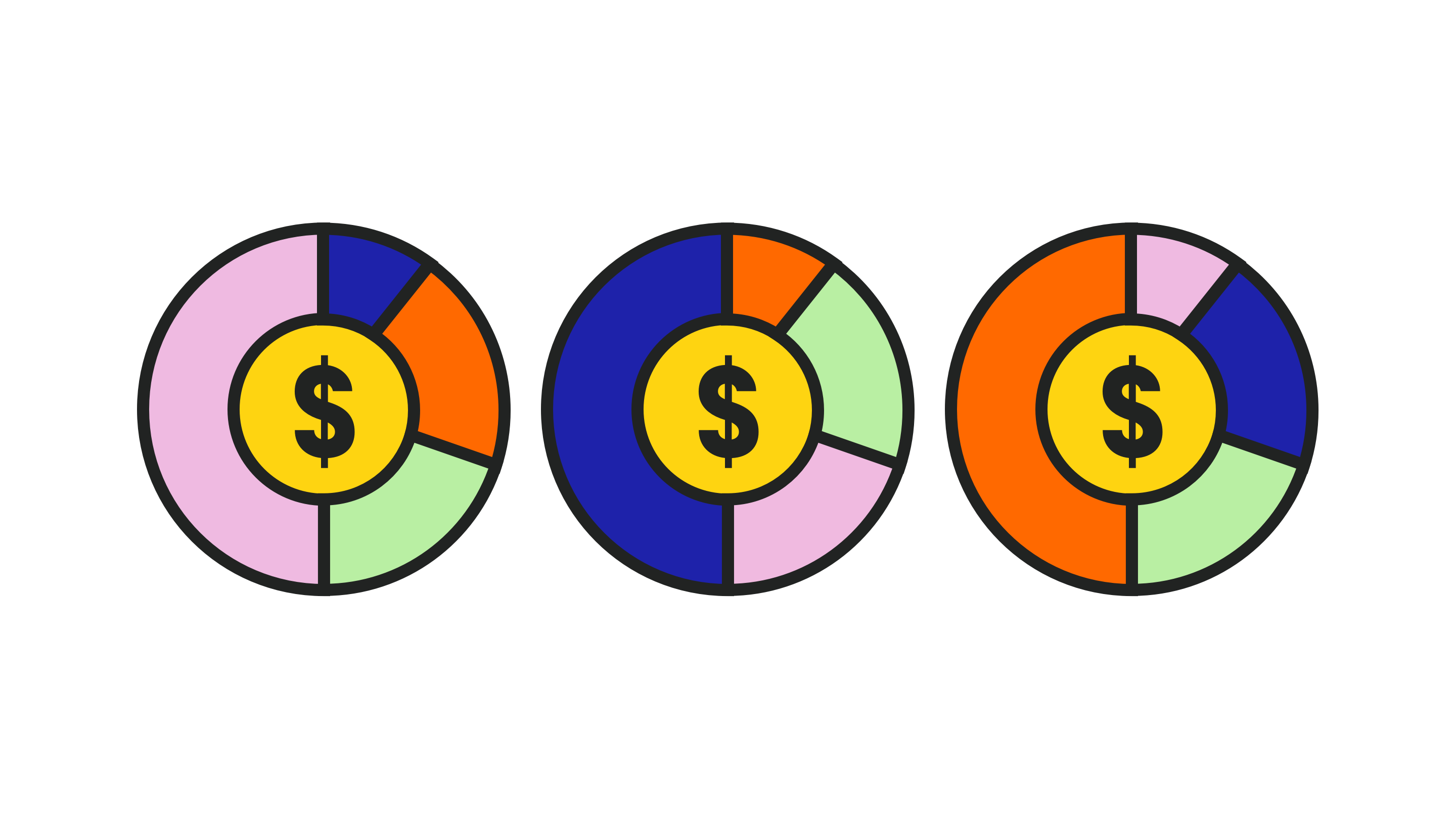January not only marks a new calendar year, but for many businesses it’s the start of a new financial year as well. For marketing teams this means looking at the year ahead and developing goals to support brand growth. From improving customer retention to increasing brand awareness to boosting ecommerce conversion, whatever you set out to do, it all depends on how you allocate your ecommerce marketing budget.
Here’s how to do it:
Step 1: The marketing audit
You may not really want to revisit last year (sayonara 2020, right?) but this is a crucial starting point in identifying where to spend your marketing dollars in 2021. An audit highlights what worked well and what areas may need more attention so that history doesn’t repeat itself. There are a few key questions you can ask yourself when it comes to performing a successful audit. These include:
- What major marketing initiatives did we do this year?
- Did they contribute to the overall business goals.* In what way?
- If not, what may have contributed to the poor performance?
- How can you adapt your marketing initiatives in 2021 to contribute to the overall business goals?
*Business goals are company-wide goals that touch on all areas of the business (sales, marketing, logistics, etc). For example, if your business goal is to increase market share, a supporting marketing goal could be increasing followers on social media and subscribers to your email list.
From here you’ll have the foundation and focus needed to effectively plan your ecommerce marketing strategy and budget.
Step 2: Define your ecommerce marketing strategy
Having now identified what worked and what fell short the previous year, it’s time to set new goals and define the targets you’ll use to measure success. These targets not only act as an indicator of a job well done, they also play a role in identifying when you may need to pivot or reallocate dollars (something that COVID taught us a lot about).
A positive side-effect of ‘pandemic marketing’ is that it forced us to step outside of our comfort zone and try something new. Last year saw many brands rejigging their marketing plans to accommodate the shift from IRL to URL, and this meant doubling-down on their digital budgets. Many reinvested dollars reserved for traditional marketing tactics, like tradeshows and in-store events, to build a stronger ecommerce experience.
Since it’s clear digital is reigning supreme, 2021 could be the year you invest in a robust social strategy by launching new channels to expand your brand reach. Maybe you’ve been mulling over launching a Pinterest account but budget and resources haven’t allowed it. This year, why not give it a try? If your goal is to garner new customers or reach a new demographic, awareness is the first step—and showing up where those customers are does wonders for those top funnel leads.
However you decide to take action on the learnings of 2020, we recommend focusing on your brand goals and ensuring your strategy considers this new world of marketing.
Step 3: Creatively allocate your digital spend
Now that you’ve defined your digital marketing strategy, it’s time to properly allocate your ecommerce marketing budget. If you know that you want to focus on digital, and perhaps launch an ecommerce channel to make up for the dip in sales from your brick and mortar stores, allocate a large portion of your marketing budget (30%+) to digital asset creation such as in-studio photoshoots, on-location (COVID-friendly) shoots, video, and UGC.
Another option is to look at ways you can make your in-store services digital. Take a page from lululemon and shift your focus to personalized digital shopping via Zoom appointments—this can lead to new ecommerce customers who would normally be shopping in-store.
Of course as the not-so-old adage goes, “Content is king”. While your existing customers may know how to find you directly online, new customers won’t. You can no longer rely on a prime retail location or great window merchandising to pull in curious passersby. Your content—think: blog, social, digital events and sponsorships, or paid partnerships—needs to serve this function, acting as a trend-forward friend, style consultant and educator. Take stock of where you are showing up digitally and how you can extend your reach through better SEO, new partnerships, new platforms or elevated video or photography.
Once you have your content plan in place, focus on tactics that will increase brand awareness and conversion at a digital level. Enter: paid advertising.
The most common paid advertising platforms are Google and Facebook—both very effective, but serve different functions or audiences. Google is great for bottom-of-funnel conversion through search as you’re catching consumers right at the moment of need. It’s also great for retargeting someone who has already been on your site but hasn’t yet closed the deal. Facebook can also be a powerful tool for conversion (bought something directly off an Instagram ad lately? Yeah, us too). But even more so, it’s extremely effective in increasing brand awareness and lead generation—you’re catching relevant consumers who resemble those you’re already engaging. They aren’t directly searching for your brand, but they’ll be thrilled to discover it when it pops into their feed.
Let’s revisit our brand goal example of increasing market share. A paid awareness campaign followed by an email subscription campaign targeting all those new followers would definitely contribute to those top funnel numbers. From there you can nurture that group through your email funnel, ultimately leading them to convert.
It’s important to keep in mind that you have to “pay to play” in the digital world, and because of that we recommend allocating a larger portion of your ecommerce budget (between 30%-50%) to supporting your paid ad strategy.
In the end, where you spend your marketing dollars should ladder back to your overarching marketing goals for the year. Don’t be afraid to try something new to get there.
Step 4: Roll out the plan
Of course, a supportive team is integral to making sure everything runs smoothly. Get your key stakeholders in a room and walk them through the plan. Demonstrate how it supports both your business and marketing goals.
Dedicating time to present this to your team and senior leaders not only creates full clarity and alignment, but also ensures accountability. Best of all, it opens up the conversation for further insights that may guide how and when to action the plan.
Once the team is aligned, be proactive in ensuring everything is on track. Set up quarterly check-ins and review where your spend is at or if you need to pivot or reallocate. Afterall, 2020 taught us a heckuvalot when it comes to the power of being nimble.
Of course, there is no one clear formula for how to allocate your ecommerce marketing budget as every brand’s goals are different, but starting with a thorough marketing audit, followed by a marketing strategy, digital spend allocation and team involvement will definitely help get you there.







